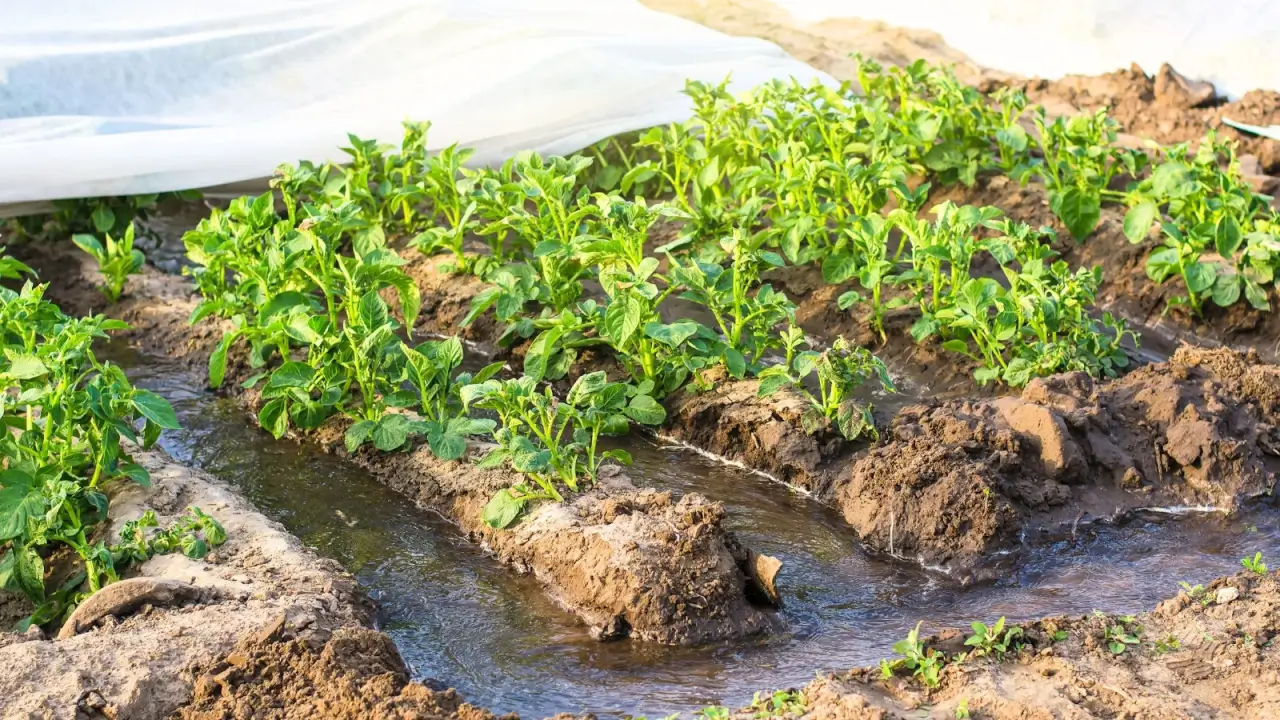
"Plants express heat stress in numerous ways. Some wilt in the middle of the day, turning their leaves downward to prevent sunlight from scorching their surfaces. Flowering and fruiting crops may drop flowers or fail to set fruit. In extreme cases, scarring and defoliation occur."
"When you notice a plant wilting just as the sun rises, you are getting closer to what is known as the permanent wilting point, which is when plants can only absorb 35% of the soil's capacity to hold water."
"By employing a few useful techniques and tools, farms make their usual revenue possible even in extremes. These methods also bolster other crops from heat stress if things get even hotter out there."
"From the minute to the more intensive, dealing with heat stress via new routines and techniques builds heat-resilience quickly and easily."
Careful timing aids crops in managing heat, with rising temperatures prompting increasing heat waves. These conditions can shift crop yields from normal to stressed levels. Implementing heat protection strategies allows farmers to maintain revenue despite extremes. Plants display signs of heat stress, characterized by wilting, flower drop, and even defoliation. Understanding the permanent wilting point is essential for crop health. Simple adjustments and planning improve soil moisture retention and crop resilience to heat, helping farmers prepare for potential heat challenges.
Read at Modern Farmer
Unable to calculate read time
Collection
[
|
...
]